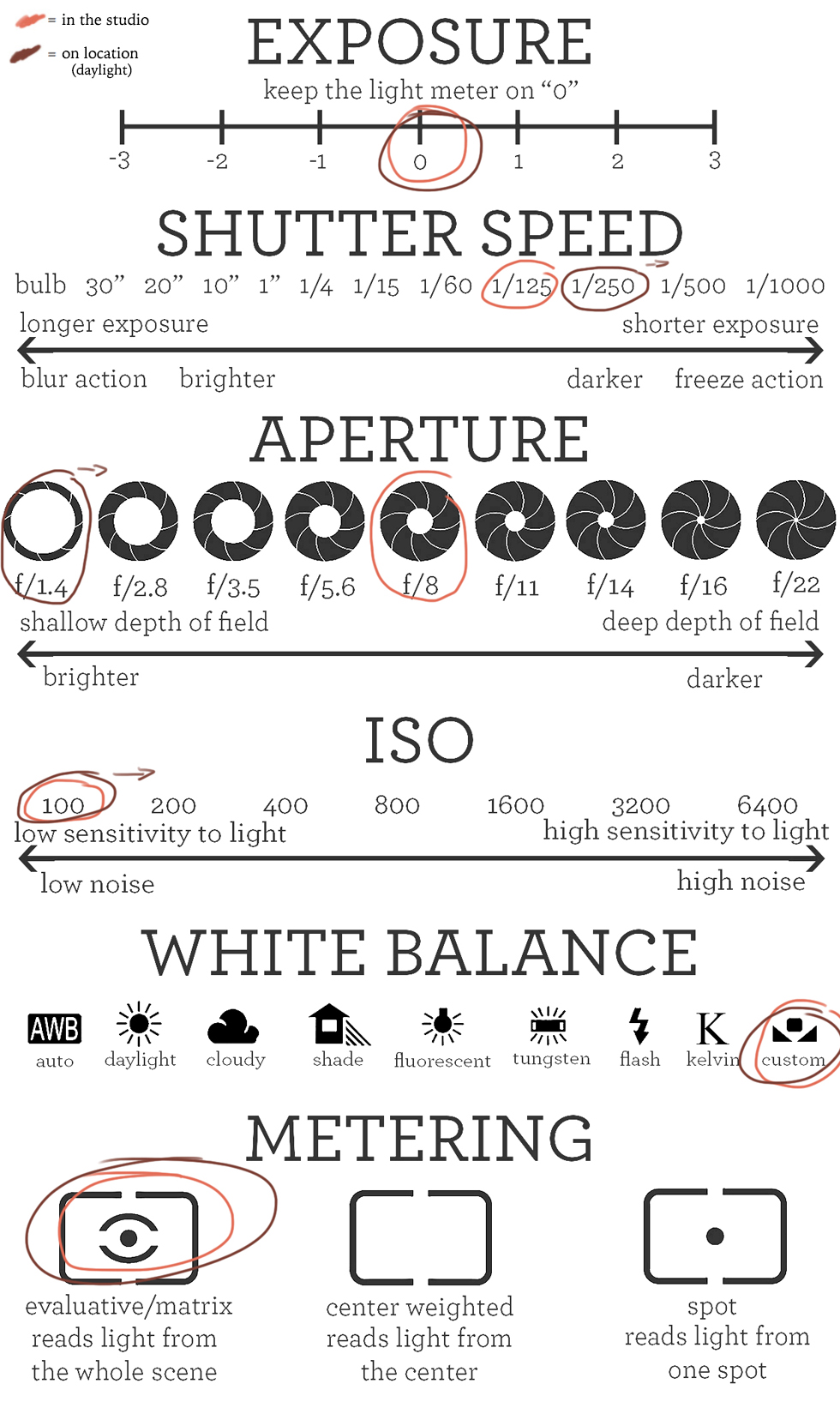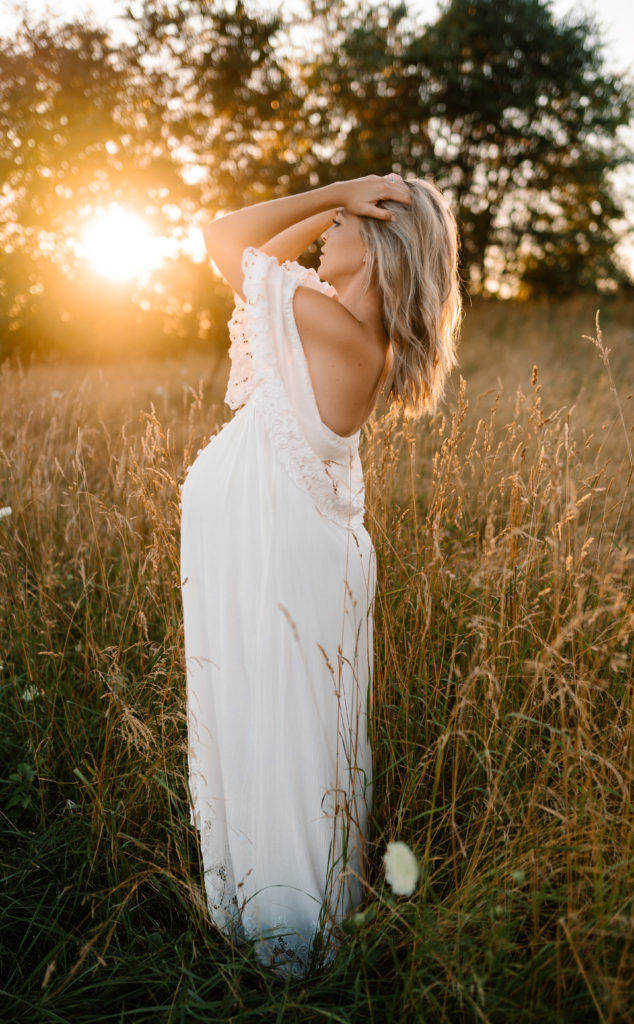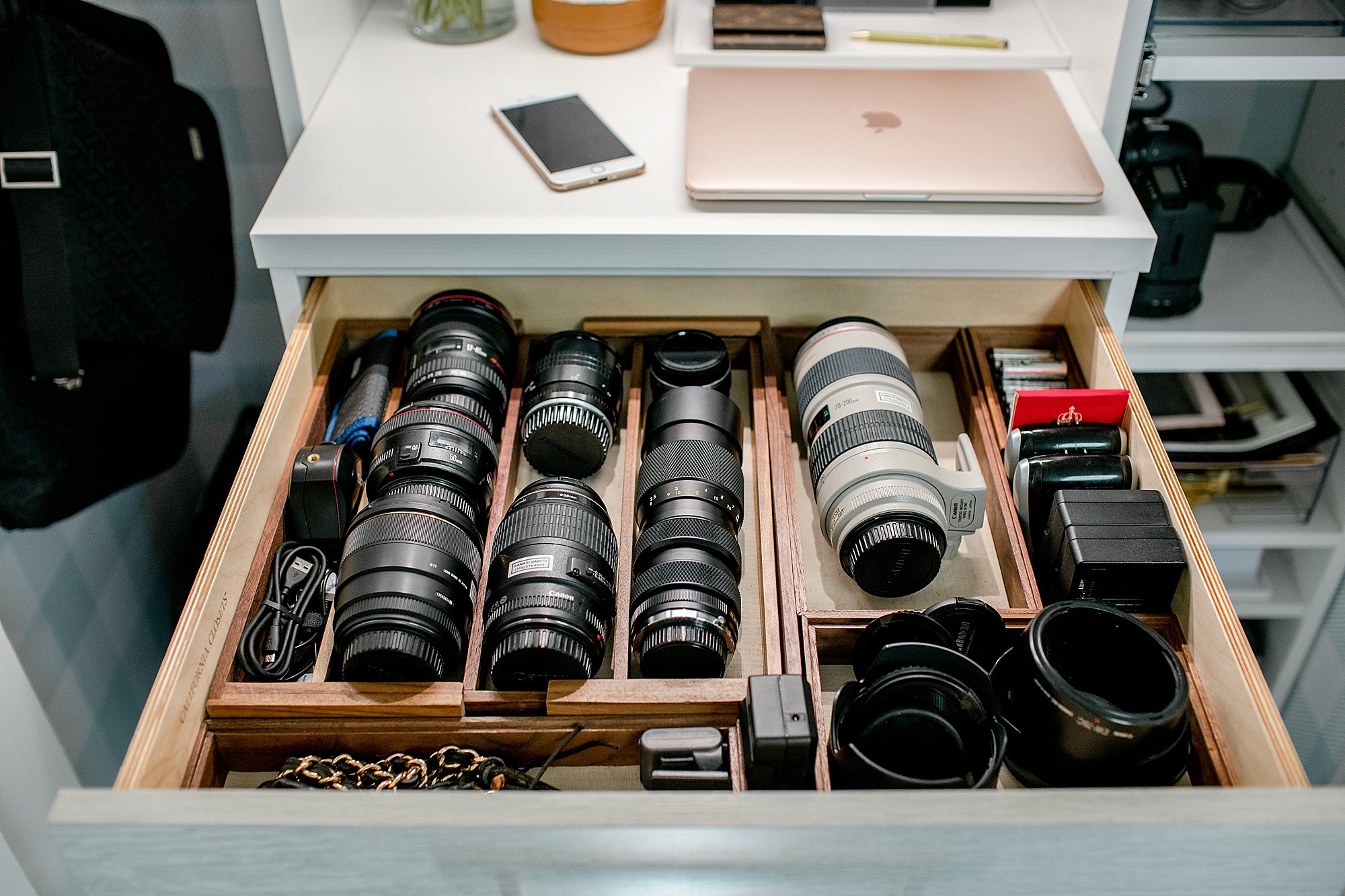
You may be new to digital cameras and want to know how to take high quality pictures with a DSLR. Here are some helpful tips. Here are some tips to keep in mind: Use a wide angle lens, single focus point, low ISO and avoid blurring. Learn more. Until then, enjoy the many benefits of a digital camera and have fun shooting!
Using a wide angle lens
A wide-angle lens is a great way to capture multiple elements in one shot. A wide-angle lens is great for interior photography because it allows you to capture details that are hidden behind walls. A wide-angle lens allows you to include many elements in a single image, even close-ups. This technique is extremely versatile and is an important part of your photographic toolkit.
Use a single focal point
Automatic Focus or AF-A is meant to offer the best of both, but it's rarely used. This mode can track a stationary object. However, it might not work if the subject is moving. When you push the shutter key halfway down when using AF/A, your camera will engage autofocus. Some cameras will beep when Focus Lock is achieved.

Low ISO is recommended
To take great photographs with your DSLR, you need to use a low ISO. This is for several reasons. Lower ISO ratings produce more aesthetically pleasing images, but they require better lighting conditions. Some subjects are better photographed under low light conditions. Other subjects can be taken while moving. You can achieve a high exposure in low-light conditions by changing to ISO.
Avoid blurry images or camera shake
You can prevent camera shake by keeping the camera steady. You'll notice a slight shake in your final photos if you press too quickly on the shutter. The best way to prevent camera shake is to use a tripod or a self-timer. If none of these options are available, you can put the camera on a firm surface.
You can change the shutter speed
It is possible to change the shutter speed of a DSLR and control the brightness while still ensuring clear images. It's not as simple as it looks. The shutter speed will be affected by the amount of light available and shutter speed. These three factors are important to know in order to be able take great pictures.
Use a lens cap
If you want to learn how to take good pictures with your digital SLR camera, using a lens hood is an essential part of the photography process. Lens hoods come in several different shapes and sizes, and the proper lens hood for your camera depends on the focal length and size of the front element of the lens. The smallest hoods can be used with wide-angle lenses. Larger hoods can be used for full-frame cameras.

Use a UV filter
Using a UV filter can improve your photographs. But, this filter has its limitations. Cheap UV filters can cause flare and reduce sharpness. It is possible to lose sharpness or contrast even if the filter has become dirty. This is why it is so important to keep UV filters clean. For more information on UV filters, read CanonRumors article about lens coatings.
FAQ
Cameras available for purchase
You can find many places online to buy cameras. B&H Photo Video is a reliable retailer. They are able to assist you with any questions.
B&H ships fast and securely so it is easy to have your order delivered at your doorstep.
Check out this video to learn more about purchasing cameras.
Should I begin photography as a hobby.
Photographing is a great way to preserve memories and share them among friends and family. Photography also lets you learn more about the world around.
You can find a lot of online resources that will teach you how to take better images.
Consider taking classes at your local community college or art school. You can meet other photographers and get valuable feedback about your work.
What Camera Should I Get?
All depends on the type of photographer that you want to be. For beginners, a simple point-and-shoot is the best camera.
You'll probably want something more advanced once you've learned the basics. The choice really comes down to personal preference.
These are some things you should consider before buying a camera.
-
Features: What features are you looking for? Do you plan to use manual settings, autofocus, or both? How many megapixels do you have on your camera? Is there a viewfinder?
-
Price: What amount are you willing spend on your camera? Are you looking to replace your camera every few years?
-
Brand: Will you be happy with the brand you select? There is no reason you should settle for less.
-
Functionality: Can your camera work in low-light conditions? Can you take high resolution photos?
-
Image Quality - How clear and sharp is your image quality?
-
Battery Life: How long can your camera last before it needs to be charged?
-
Accessories: You will be able attach additional lenses, flashes and other accessories. ?
Statistics
- Get 40% off Adobe Creative Cloud(opens in new tab) (creativebloq.com)
- This article received 13 testimonials, and 100% of readers who voted found it helpful, earning it our reader-approved status. (wikihow.com)
- That's the easiest way to get blurry photos 100% of the time. (photographylife.com)
- The second easiest way to get blurry photos 100% of the time is to use a cheap filter on the front of your lens. (photographylife.com)
External Links
How To
How to Take Portrait Photos
Portraits are important as they reflect who you are. They can also tell your life story. While you may have one favorite photo of yourself as a child, you now want to take something different. It is easy to forget the joy of taking photos. So here are some tips to get started.
-
You need to have enough lighting. Photographing portraits in the early morning or later in the afternoon is the best time. Flashes should not be used in direct sunlight. This will blur any details. Avoid shooting at noon. There will be too many shadows.
-
Use a tripod. You won't be able to see movement if you keep the camera still. This means that you will miss the opportunity to freeze motion. And if you're going to use a flash, set up your shot first without it. You can then turn the flash off and try again.
-
Shoot close-ups. Closeups allow you to show detail. However, they can look fake if you don't have good eyes. Pay attention to the eyes, noses, and mouths of people. Are you noticing anything odd? Is this someone who wears glasses? Are there freckles on the nose of someone wearing glasses? These things add depth to a person's appearance.
-
You shouldn't force smiles. Smiles are tricky. Most people smile naturally when they feel happy, but others don't. It's not natural to make them smile if you force them. You should think about what makes your laugh. Perhaps it's silly things like watching a cat jump through a hoops. Or maybe you love watching paint dry. Whatever it may be, don't stop thinking about it until your heart starts to laugh.
-
Get creative. People are often afraid of being boring. However, being boring is not a bad thing. Try to find ways to break away from the norm. Perhaps you ask the person to place his hands behind your back, or pose with his hands behind your back. Perhaps you could suggest having him put on a funny hat.
-
Keep practicing. Practice every day and you will eventually be a better photographer. You'll start to notice more interesting things around you as you improve.
-
Have fun. Shooting photos should be enjoyable. It's easier to enjoy the process and be willing to do it again. You'll likely end up with some truly amazing shots.
-
Share your work. Once you learn how to take good pictures, share them with friends and family. Let them know why you took the photo. Show them where you went. Tell them what you did.
-
Be patient. Sometimes it just doesn't work. It happens to everyone. Don't worry. Just move on to another image.